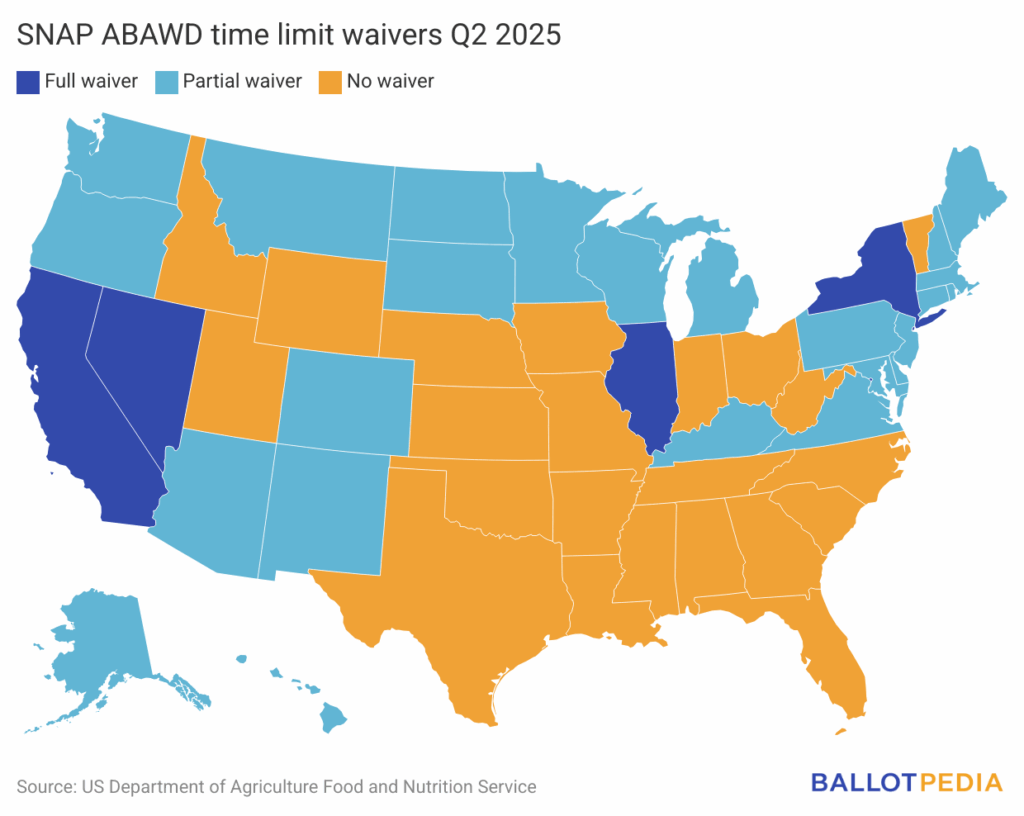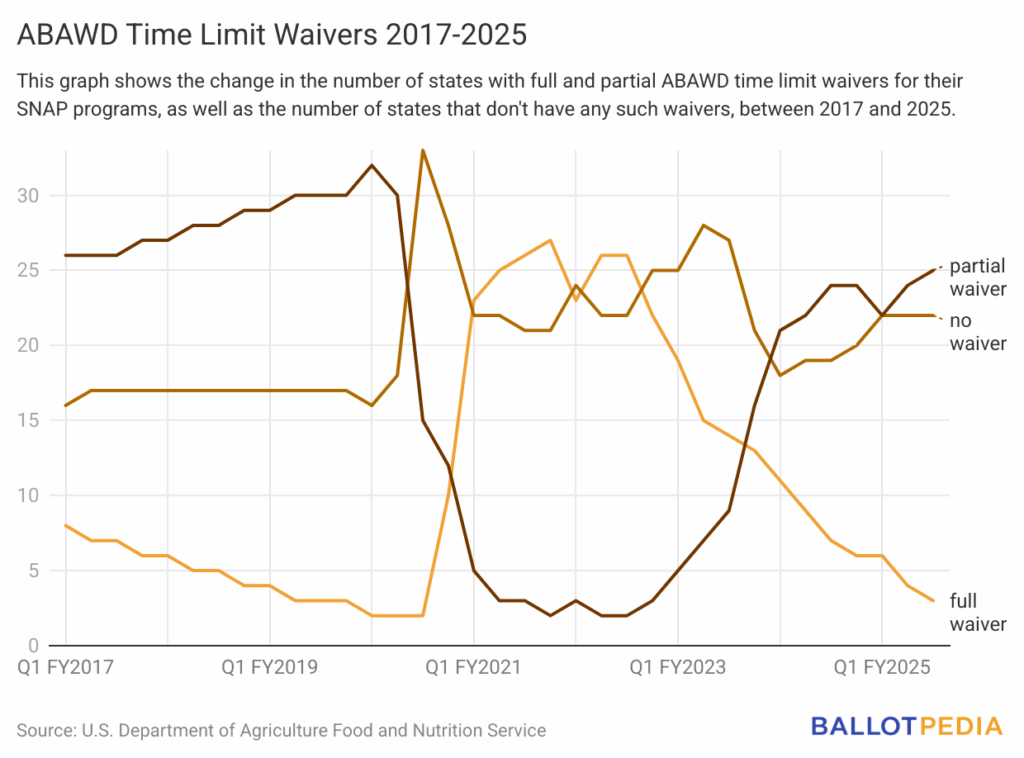The US Department of Agriculture (USDA) published a press release and a memorandum on April 17 that provided guidelines from Secretary of Agriculture Brooke Rollins stating that able-bodied adults without dependents (ABAWDs) should have to work to receive Supplemental Nutrition Assistance Program (SNAP) benefits.
The memorandum covers three areas related to SNAP Agency administration of benefits to low-income adults and references the Personal Responsibility, Work, and Opportunity Reconciliation Act of 1996 (PRWRA) and the Fiscal Responsibility Act of 2023 (FRA):
- The authority of the Secretary of Agriculture: The memorandum states that the secretary is authorized but not required to grant temporary waivers for the ABAWD work requirements on the request of a state when the state or portions of the state meet the unemployment conditions.
- The purpose of SNAP Benefit programs: The memorandum states the purpose is to assist low-income adults in obtaining employment, increasing their earnings, and reducing their dependency on public assistance programs.
- The scope of waiver requests and states’ goals: The memorandum directs states to limit waiver requests.
In the memorandum, Acting Deputy Undersecretary of the Food Nutrition and Consumer Service (FNS) John Walk wrote that these areas, and how they interact with the Secretary of Agriculture’s office guide how the USDA and FNS will consult with state agencies during the waiver review process to ensure ABAWD waivers applications are consistent with memorandum’s interpretation of the PRWRA and FRA Acts. Walk further wrote, “States should be mindful of this important purpose and ensure the scope of their requests applies to those who truly need it so that those who can work, do.”
Secretary of Agriculture Brooke Rollins stated, “It is important to remind states that Congress conditioned the receipt of benefits by able-bodied adults without dependents on satisfying work requirements. Many states have abused the system by requesting work requirement waivers. Today marks the start of a new era for SNAP—prioritizing work, career, and technical education, and volunteering rather than idleness, excess spending, and misapplication of the law.” Secretary Rollins was appointed by President Donald Trump (R) in his second administration. She was confirmed on February 13 of this year with a Senate vote of 72-28.
The Center on Budget and Policy Priorities writes regarding SNAP work requirements that, “Meeting basic life-sustaining needs should not be contingent on meeting a work requirement. And taking benefits away from people who don’t meet a work requirement does little to improve long-term employment outcomes, especially for those with the most limited employment prospects, studies show. Instead, it substantially increases hardship, including among people who are not expected to meet these requirements, such as people with disabilities and children.”
Background:
SNAP has two types of work requirements: general work requirements and able-bodied adults without dependents (ABAWD) work requirements. General SNAP work requirements mandate that individuals aged 16 to 59 who can work register for work, participate in SNAP Employment and Training (E&T) programs, take a suitable job if it is offered, and not voluntarily quit a job or reduce work hours below 30 hours a week without cause.
The ABAWD work requirement under SNAP applies to individuals aged 18 to 54 without children. To remain eligible for SNAP, ABAWDs must work, volunteer, or participate in a work program for at least 80 hours per month. ABAWDs who do not meet the work requirement can only receive SNAP benefits for three months in a 36-month period. States can request temporary waivers for ABAWD work requirements in areas with an unemployment rate above 10% or with insufficient jobs available. These waivers can cover entire states or just certain counties. As of the second quarter of the 2025 fiscal year, four states had statewide ABAWD time limit waivers, and 22 states had waivers for specific counties with high unemployment or limited job availability.
Below is a map showing which states have active ABAWD time limit waivers in quarter 2 of 2025 (April 1 through June 30). The USDA Food and Nutrition Service has published waiver information through the third quarter of this year. New York did not renew a statewide waiver and will have a partial waiver instead during the next quarter.

Below is a graph showing how many states have held full and partial ABAWD time limit waivers from 2017 through the third quarter of 2025.

Additional reading:


